When it comes to reptile keeping, one of the most debated topics among enthusiasts is whether multiple snakes should share the same living space. This practice, known as cohabitation, carries significant implications for the health, behavior, and overall well-being of these fascinating creatures. While some snake owners advocate for communal housing to save space or recreate natural social structures, others warn of serious risks that can outweigh any potential benefits. This article explores both sides of the argument, providing essential information for both new and experienced snake keepers to make informed decisions about housing their scaly companions.
Understanding Snake Social Behavior in the Wild
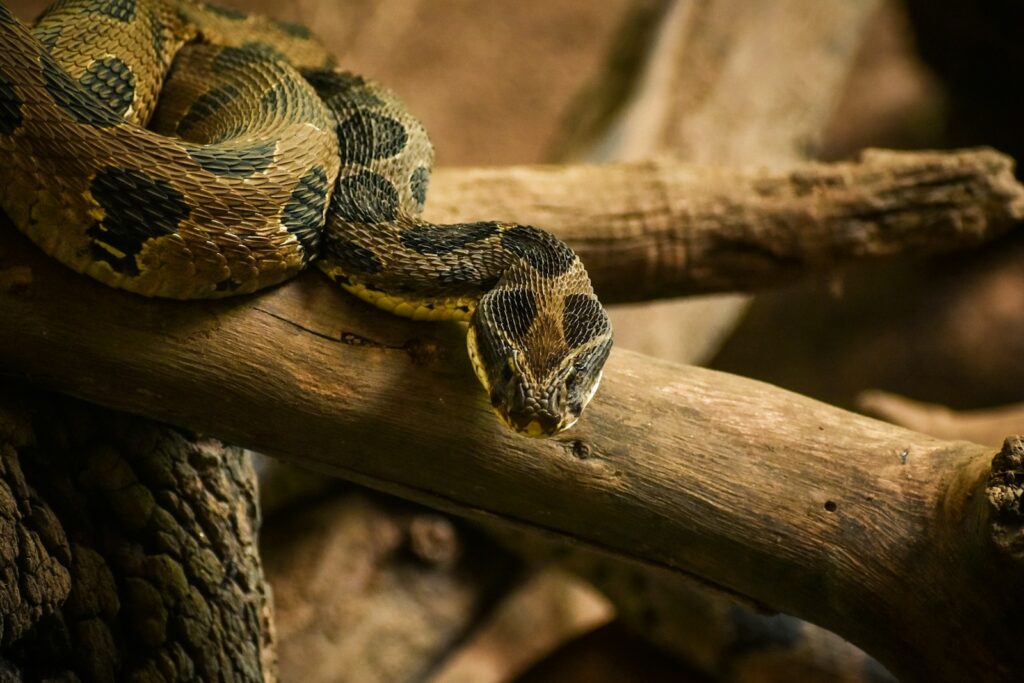
In their natural habitats, most snake species are solitary creatures that come together primarily for breeding purposes and otherwise maintain their own territories. Certain species, like garter snakes, may gather in communal dens during hibernation periods or to thermoregulate, but these interactions are typically seasonal rather than permanent living arrangements. Even in these temporary gatherings, individual snakes maintain personal space and do not form social bonds in the way mammals might. This solitary nature has evolved over millions of years and is deeply ingrained in snake psychology and behavior patterns, making most species poorly adapted to constant companionship. Understanding these natural behavioral patterns provides important context when considering whether cohabitation in captivity is appropriate for these reptiles.
Space Efficiency: A Practical Consideration
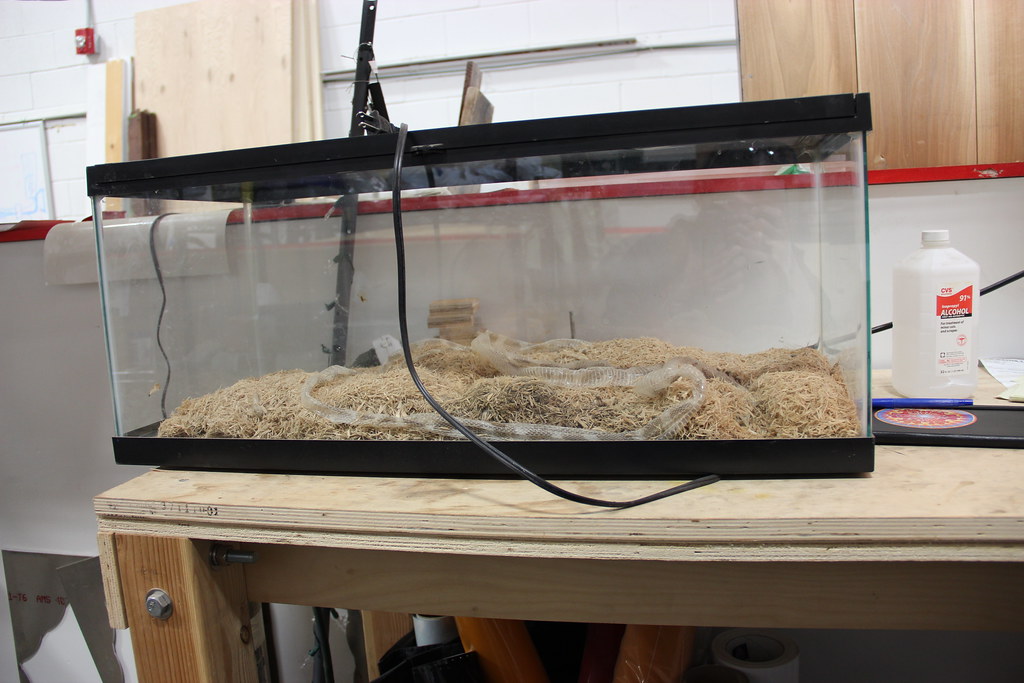
One of the most commonly cited advantages of housing multiple snakes together is the space efficiency it offers, particularly for keepers with limited room or those maintaining large collections. A single large enclosure can sometimes be more cost-effective and take up less physical space than multiple individual setups with their separate heating, lighting, and environmental control systems. For professional breeders or educational facilities with dozens or even hundreds of snakes, this space-saving approach can seem appealing from a logistical standpoint. However, this advantage must be carefully weighed against the biological needs of the animals, as cramped conditions can quickly negate any practical benefits if the enclosure isn’t appropriately sized for multiple occupants. Space efficiency should never come at the expense of providing each snake with adequate room to thermoregulate, explore, and hide.
The Risk of Cannibalism Among Cohabiting Snakes
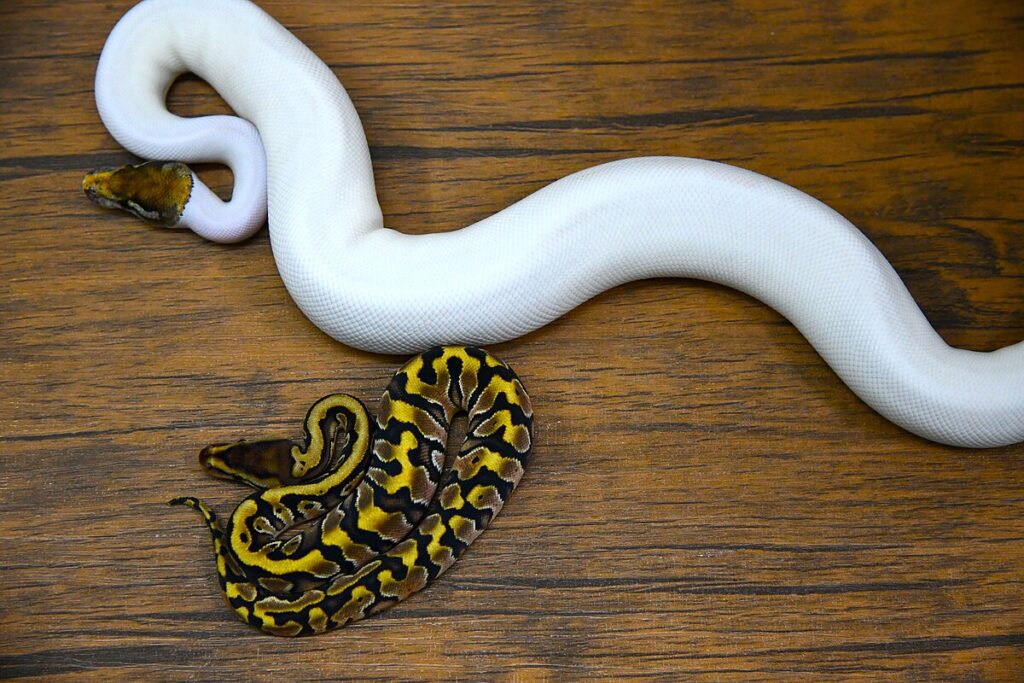
Perhaps the most serious and immediate danger of housing multiple snakes together is the very real risk of cannibalism, which occurs in numerous snake species. This behavior isn’t simply an anomaly but a natural occurrence in many species where larger individuals will consume smaller snakes if given the opportunity. The risk becomes particularly acute during feeding times when the hunting instinct is triggered, potentially causing a snake to mistake its enclosure mate for prey. Even among same-sized specimens, one snake may attempt to consume another, often resulting in a deadly situation where neither snake survives the encounter. Species like king snakes and certain rat snakes are especially prone to ophiophagy (snake-eating) and should never be housed with other snakes under any circumstances, regardless of their size or relationship.
Stress and Competitive Behaviors

Snakes housed together frequently display signs of chronic stress, which can manifest in behaviors like reduced activity, excessive hiding, defensive posturing, or refusing food. The constant presence of another snake creates a competitive environment where individuals must vie for prime basking spots, hiding locations, and other limited resources within the enclosure. This competition often results in one snake becoming dominant and the other becoming submissive, with the subordinate snake potentially suffering from reduced access to heat, UVB exposure, and comfortable resting areas. Over time, this chronic stress can severely compromise a snake’s immune system, making it more susceptible to various health issues including respiratory infections, scale rot, and parasitic infestations. Even without visible signs of aggression, the subtle stress of cohabitation can significantly reduce a snake’s lifespan and quality of life.
Disease Transmission Concerns

Keeping multiple snakes in the same enclosure dramatically increases the risk of disease transmission between individuals, creating a particularly dangerous situation if one snake falls ill. Common snake pathogens, including respiratory infections, parasites like mites and ticks, fungal infections, and inclusion body disease (particularly concerning for boas and pythons), can quickly spread throughout a shared environment. What might have been a manageable health issue in a single snake can rapidly become an outbreak affecting all inhabitants of the enclosure. The close proximity in a shared space means that pathogens can transfer through direct contact, shared water dishes, substrate, or even airborne means in the case of respiratory infections. Additionally, when snakes are housed together, it becomes more difficult to monitor individual eating, defecation, and behavior patterns that might otherwise alert an owner to early signs of illness.
Breeding Considerations and Unintended Reproduction

Housing snakes of opposite sexes together can lead to unplanned breeding, which comes with significant health risks and responsibilities that many keepers may not be prepared to handle. Female snakes can become gravid (pregnant) without the owner’s intention, potentially leading to complications during egg-laying or live birth if the female isn’t properly conditioned or supported through the reproductive process. Additionally, the stress of constant breeding attempts from males can physically tax females and lead to health deterioration over time. For responsible breeders, controlled and intentional breeding is essential to maintain genetic diversity and prevent inbreeding, which becomes impossible in a mixed-sex cohabitation situation. Even for those interested in breeding, the proper approach involves temporarily pairing snakes during appropriate breeding seasons rather than permanent cohabitation.
Species-Specific Considerations
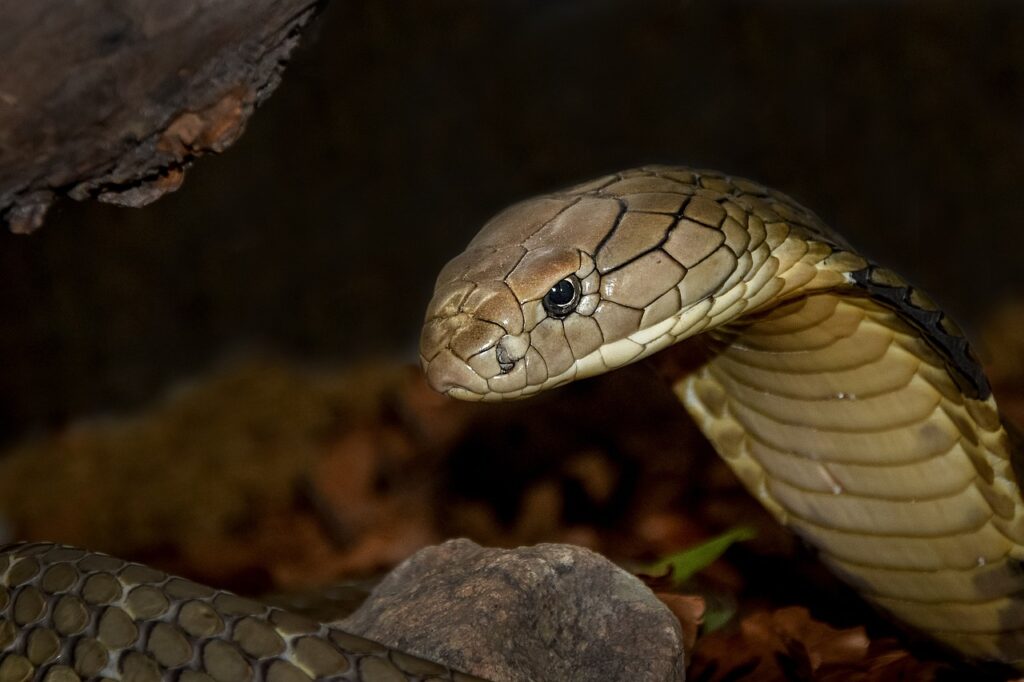
Different snake species have varying levels of tolerance for cohabitation, though even the most socially tolerant species generally fare better in individual enclosures. Garter snakes (Thamnophis species) are often cited as exceptions as they naturally aggregate in the wild, particularly during brumation, and may demonstrate higher tolerance for conspecifics compared to other snake species. Certain water snake species may also show some degree of natural clustering behavior in the wild. However, even these more communal species can experience stress and competition in captivity where space is limited and escape is impossible. At the opposite end of the spectrum, highly territorial species like black mambas, king cobras, and many vipers should never be housed together under any circumstances, as deadly conflicts would be virtually guaranteed. Each species has evolved with specific social dynamics, and captive housing should respect these natural behavioral patterns whenever possible.
Monitoring Individual Health and Feeding
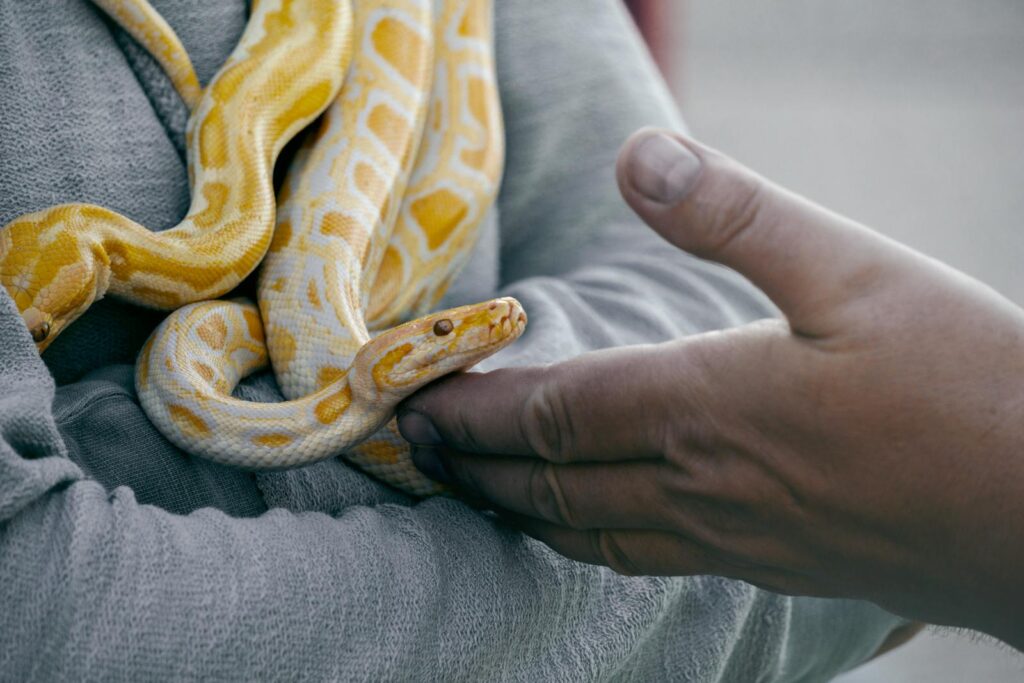
When multiple snakes share an enclosure, it becomes significantly more challenging to monitor the health and feeding patterns of each individual animal. Keepers may struggle to determine which snake has eaten, which has defecated, or which might be showing subtle early signs of illness when multiple similar-looking specimens are housed together. This difficulty in individual monitoring can lead to delayed veterinary intervention when health issues arise or failure to notice that a particular snake is consistently missing meals. For proper husbandry, keepers need to track each snake’s weight, feeding response, shedding cycles, and overall condition—tasks that become exponentially more complicated in a cohabitation setup. These challenges in monitoring can be particularly problematic with young snakes, which often require more frequent feeding and closer observation than adults.
Size and Age Disparities
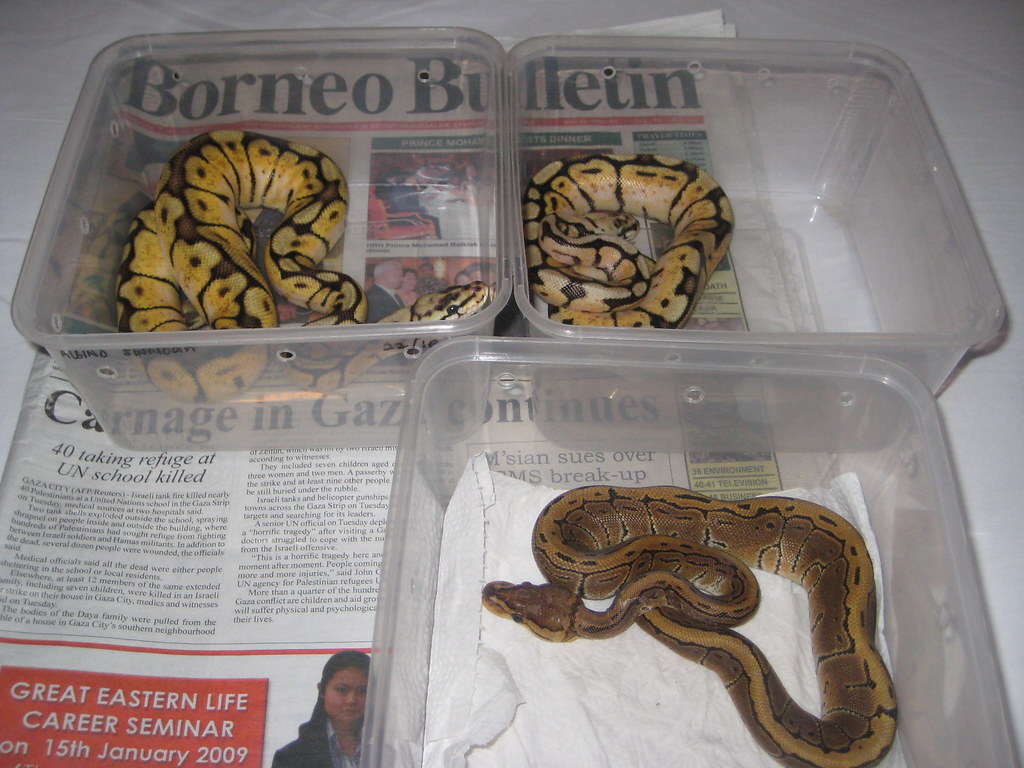
Housing snakes of different sizes or ages together dramatically increases risks, even if they’re the same species. Larger snakes may view smaller ones as potential prey, regardless of whether they’re the same species or even clutchmates. This size disparity doesn’t need to be dramatic to pose a threat—even a slight advantage in size might be enough for one snake to attempt predation on another. Young, growing snakes are particularly vulnerable in cohabitation situations, as they may be outcompeted for food and prime territory by larger tankmates. Adult snakes generally have different environmental and feeding requirements than juveniles of the same species, making it difficult to create an enclosure that adequately meets the needs of both. These differences in care requirements make age-mixed housing problematic even in situations where immediate predation isn’t a concern.
Environmental Control Challenges
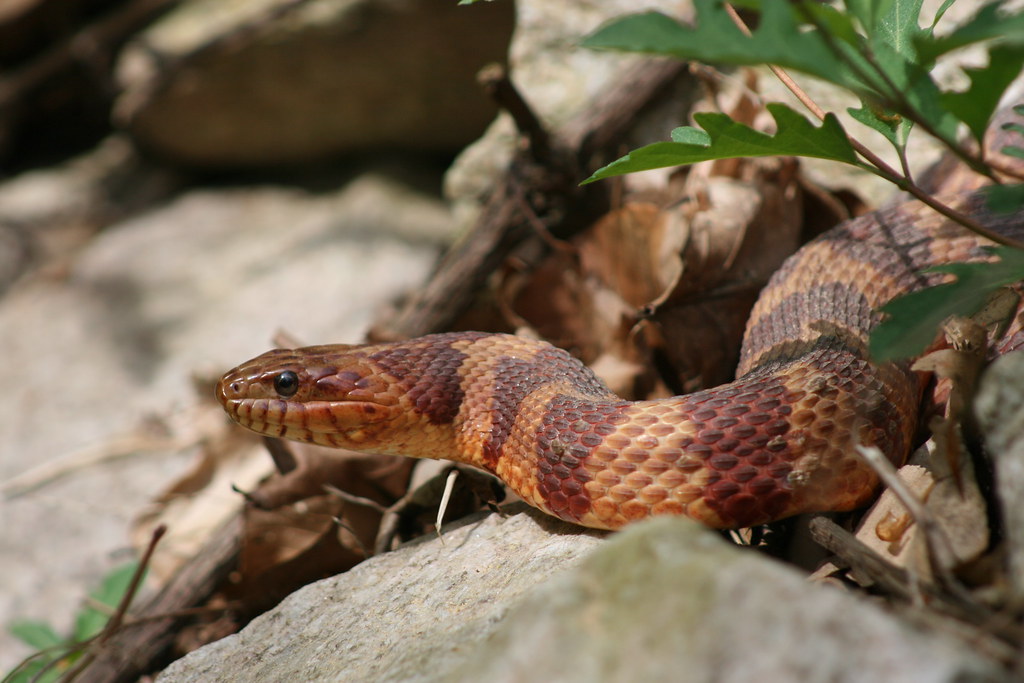
Creating an appropriate environmental gradient becomes more complex when housing multiple snakes together, as each individual may have slightly different preferences for temperature and humidity. What works perfectly for one snake might be suboptimal for another, even of the same species, forcing some individuals to compromise on their ideal conditions. This issue becomes particularly pronounced in species that require specific temperature zones for proper digestion and metabolism. Providing adequate hiding spots also becomes more challenging, as each snake should ideally have multiple secure retreats across different temperature zones. Without sufficient hiding places, subordinate snakes may be forced to rest in exposed areas or unsuitable temperature ranges, causing chronic stress. Creating this more complex environment with multiple gradient options requires significantly larger enclosures than most keepers provide for cohabitation setups.
Special Considerations for Breeding Pairs
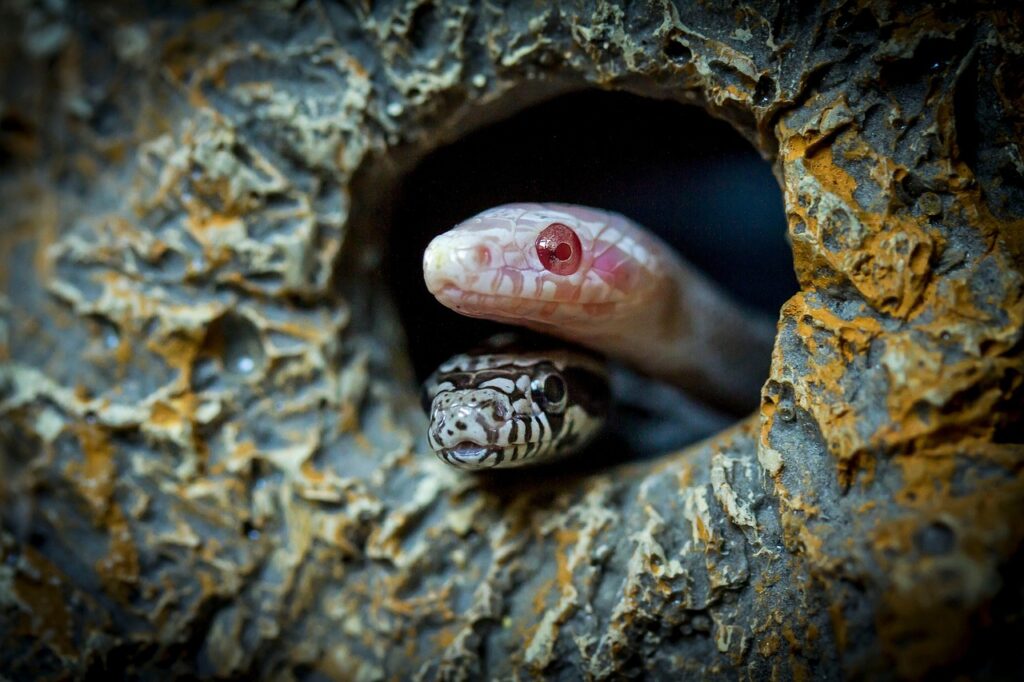
Some snake keepers temporarily house breeding pairs together during mating season, which differs fundamentally from permanent cohabitation. This temporary arrangement should only occur during appropriate breeding seasons when both snakes are in prime health, properly conditioned, and showing breeding behaviors. Even in these controlled breeding situations, close supervision is essential as males can sometimes become overly aggressive toward females, potentially causing injury. Once breeding has occurred, the snakes should be separated to prevent stress to the female and allow her to focus energy on developing eggs or offspring rather than defending herself from continued mating attempts. This approach of temporary pairing for specific breeding purposes differs significantly from year-round cohabitation and represents a more natural approach that mimics the brief breeding encounters that would occur in the wild.
Ethical Considerations in Snake Keeping
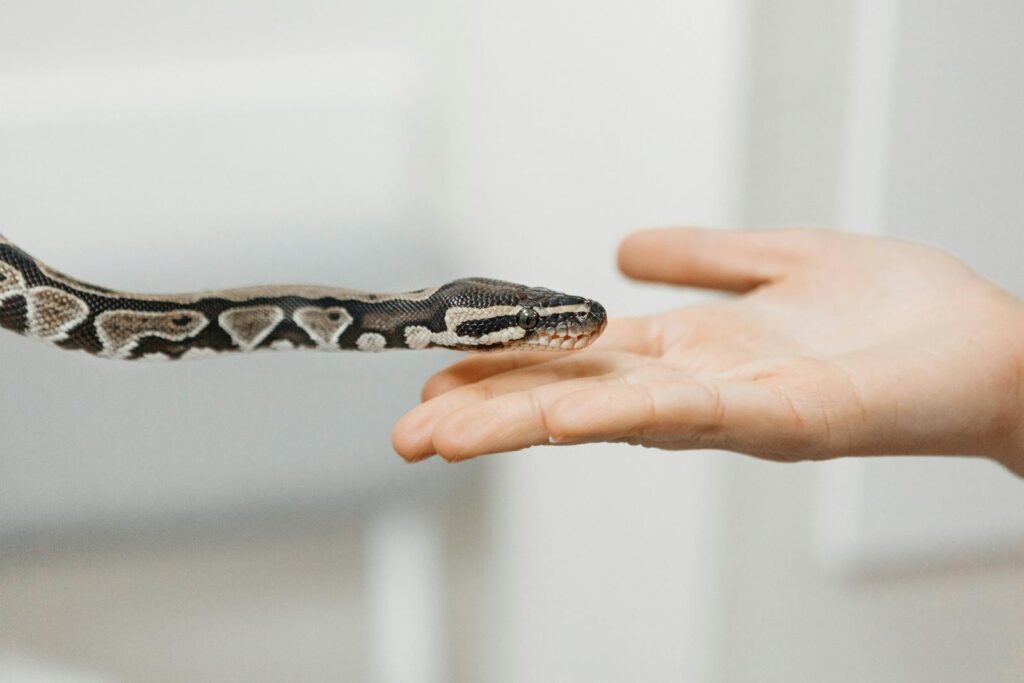
The question of cohabitation ultimately leads to broader ethical considerations about responsible reptile keeping and the obligation to prioritize animal welfare over convenience. As our understanding of reptile behavior, cognition, and stress responses continues to evolve, so too do the standards for what constitutes appropriate care. Many reptile veterinarians and herpetologists now advocate for individual housing as the gold standard of care, particularly for predominantly solitary species. Ethical reptile keeping involves providing environments that allow animals to express natural behaviors while minimizing stress, which for most snake species means access to personal space without competition or threat from conspecifics. Responsible ownership requires prioritizing the biological needs of the animal over human preferences for aesthetics, convenience, or cost-saving measures, especially when clear evidence exists that cohabitation can compromise welfare for most snake species.
When Cohabitation Might Be Acceptable
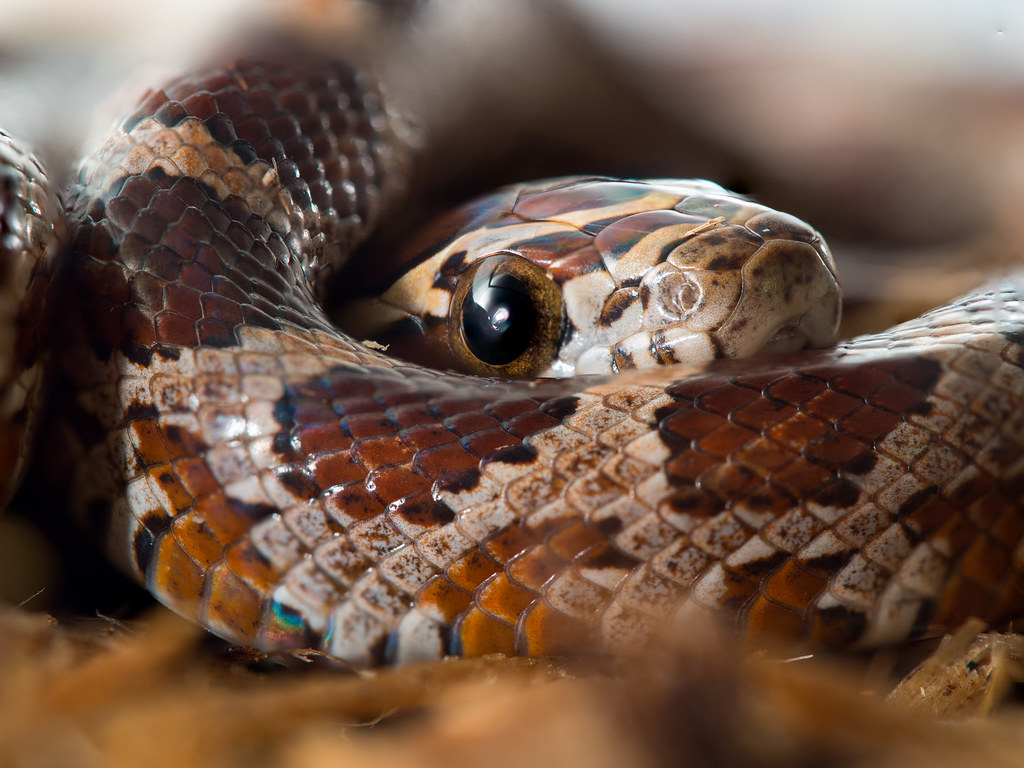
While individual housing remains the safest option for most situations, there are limited circumstances where cohabitation might be considered with careful management. Temporary housing during transportation, at reptile exhibitions, or during emergency situations might necessitate brief periods of cohabitation when properly monitored. Very large, professionally designed naturalistic exhibits with multiple microhabitats, numerous hiding spots, and carefully selected compatible individuals might occasionally succeed, particularly with certain garter snake species. These exceptional cases typically involve enclosures many times larger than standard recommendations, with specimens of similar size that have been introduced gradually while closely monitored for signs of stress or aggression. Even in these rare situations where cohabitation might be attempted, keepers should always have separate enclosures ready in case immediate separation becomes necessary, and they should never house different species together regardless of their size or temperament.
While the idea of creating a communal snake habitat may seem appealing or space-efficient, the evidence overwhelmingly suggests that individual housing represents the safest and most ethical approach for most snake species. The risks of cannibalism, disease transmission, chronic stress, and competition for resources generally outweigh any potential benefits of cohabitation. Rather than focusing on housing multiple specimens together, snake keepers would do better to invest in providing each individual with an appropriately sized enclosure that meets its specific environmental and behavioral needs. By respecting the naturally solitary nature of most snake species, keepers can help ensure their reptilian companions live longer, healthier, and less stressful lives in captivity.


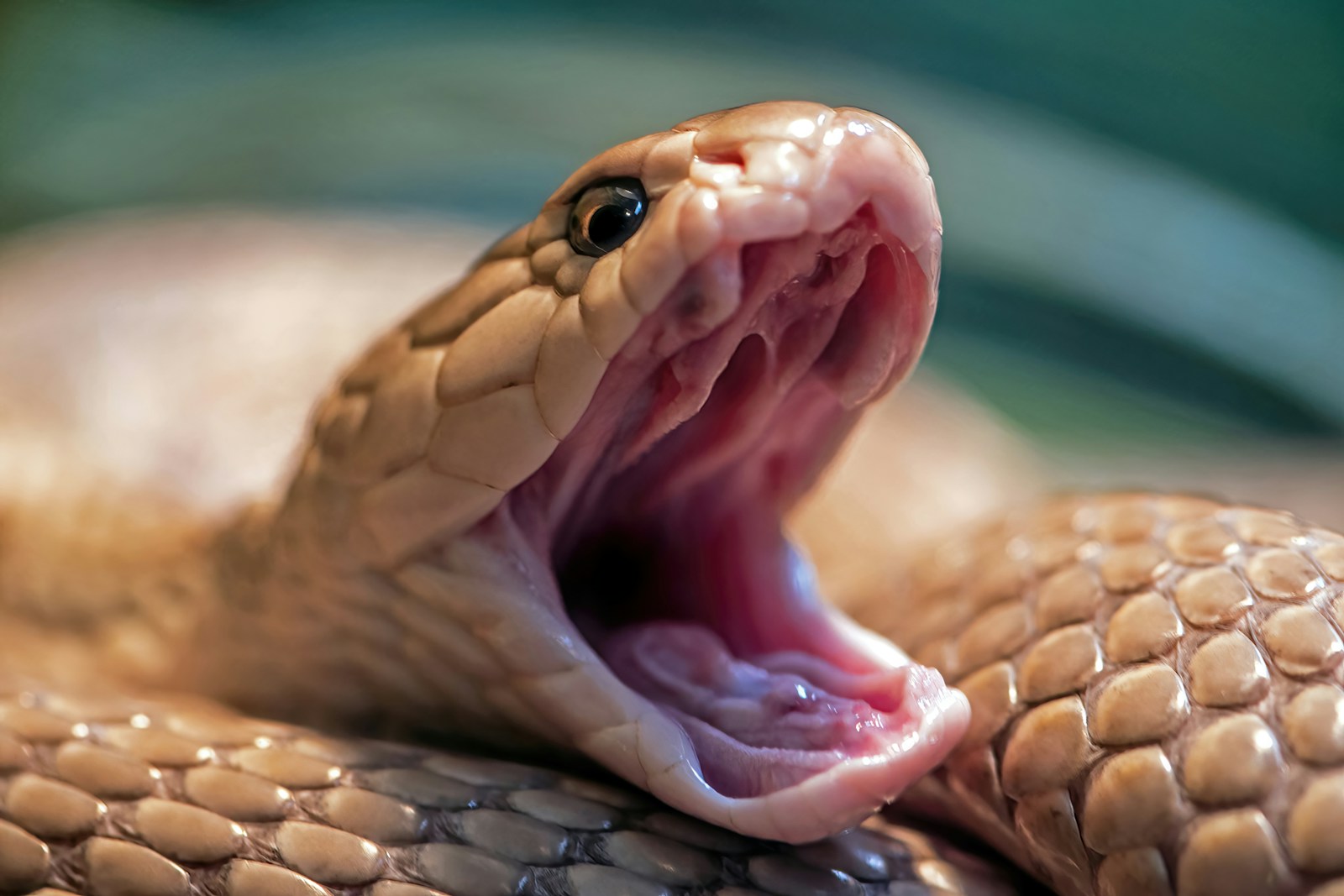

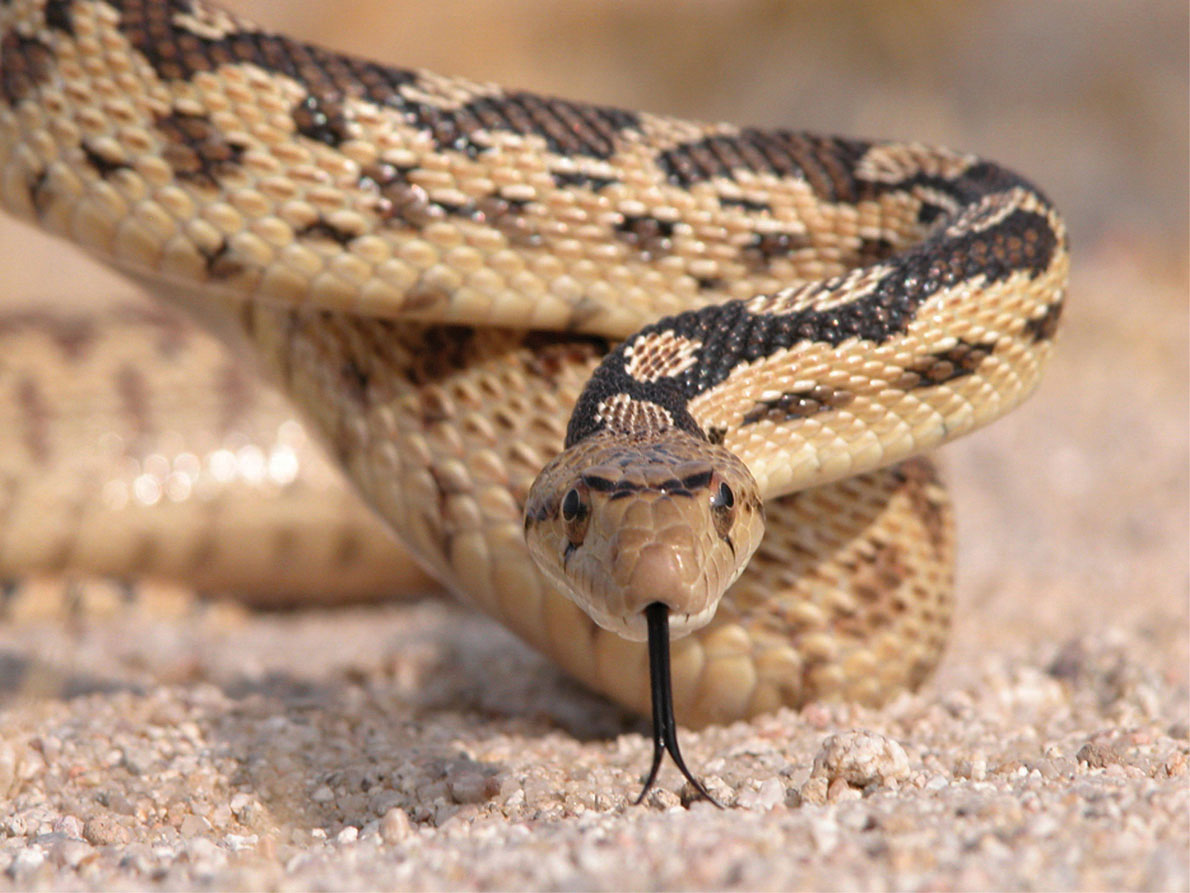
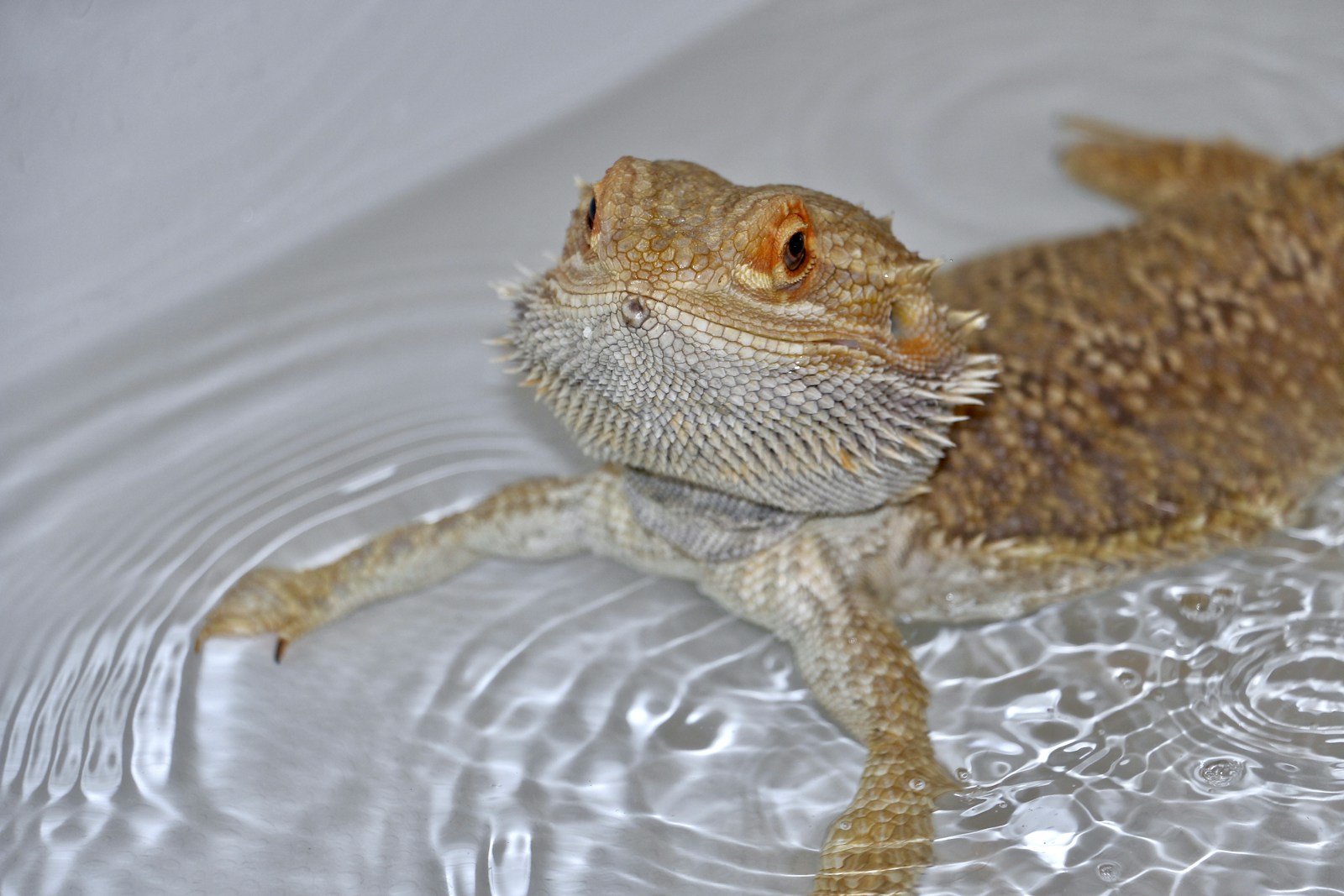
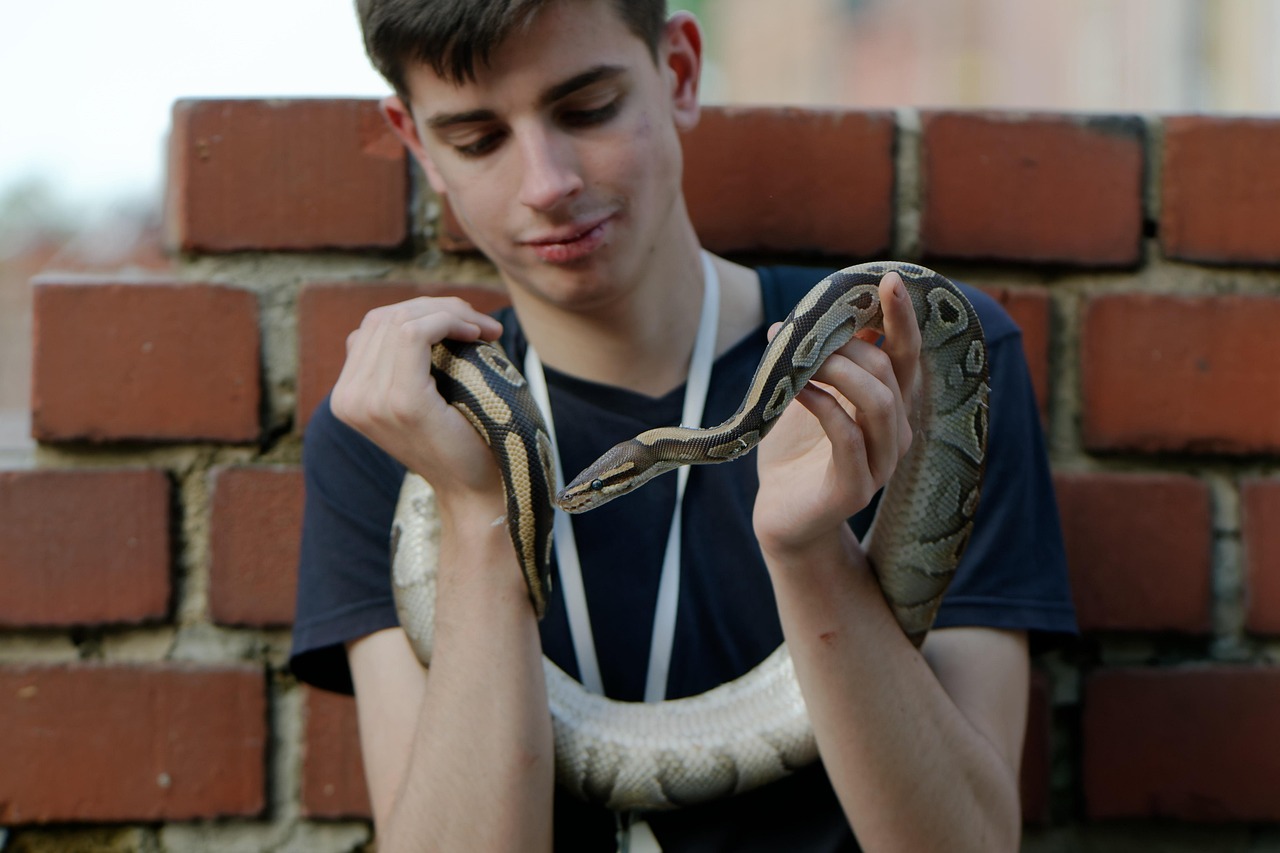

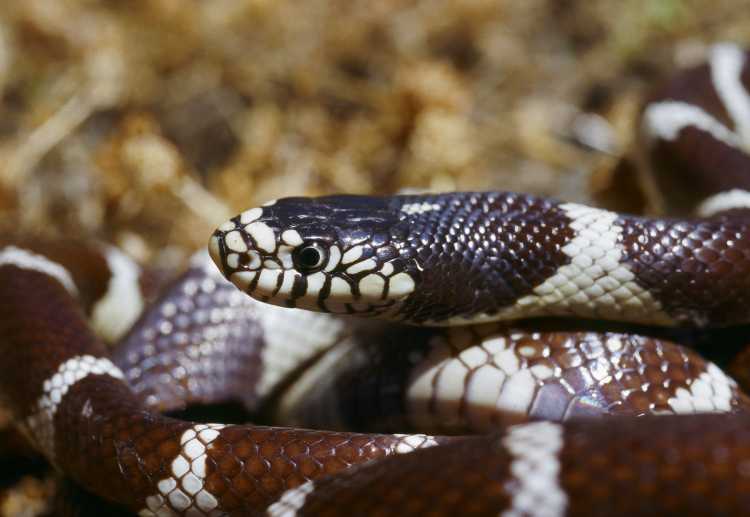
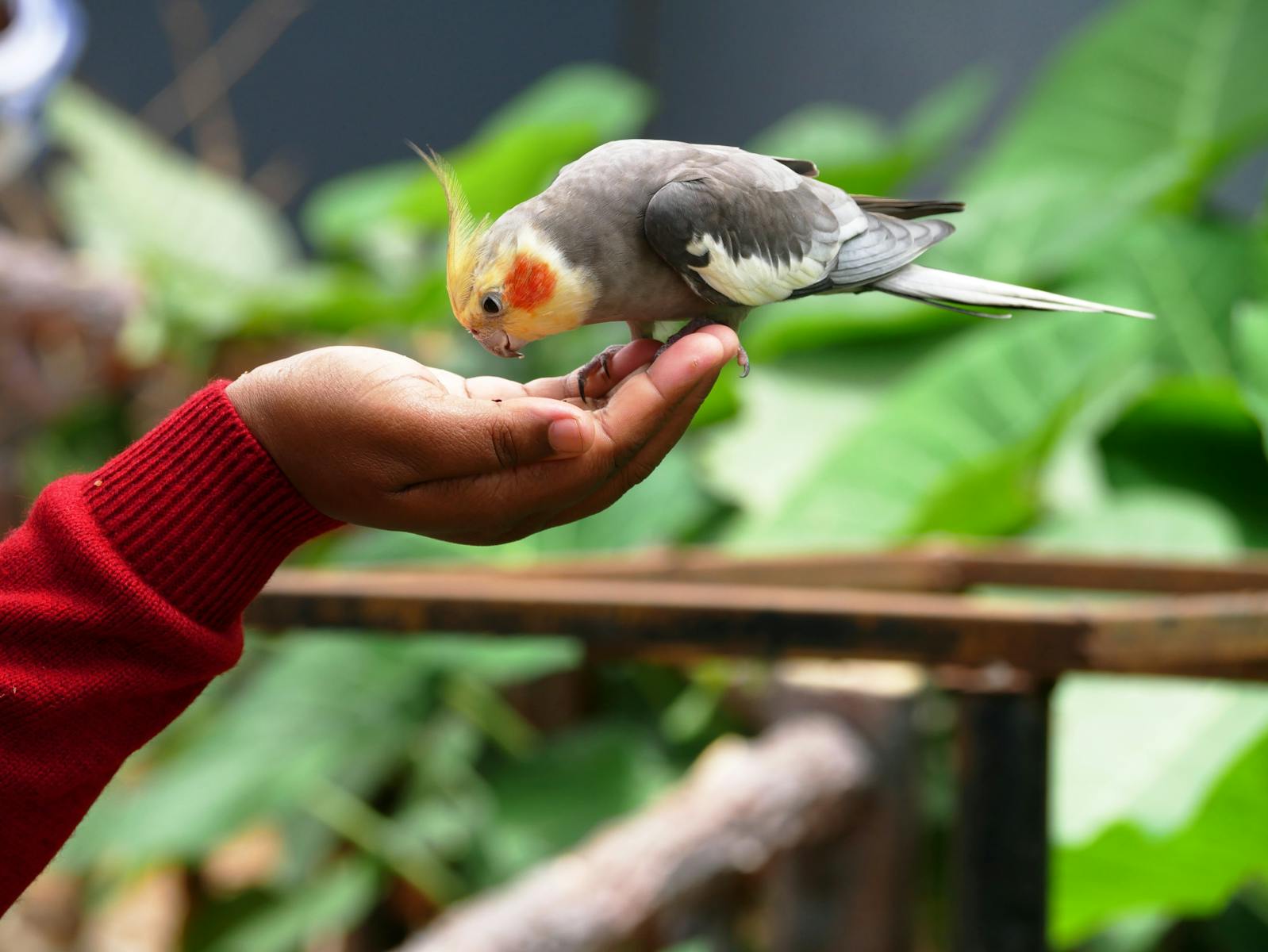
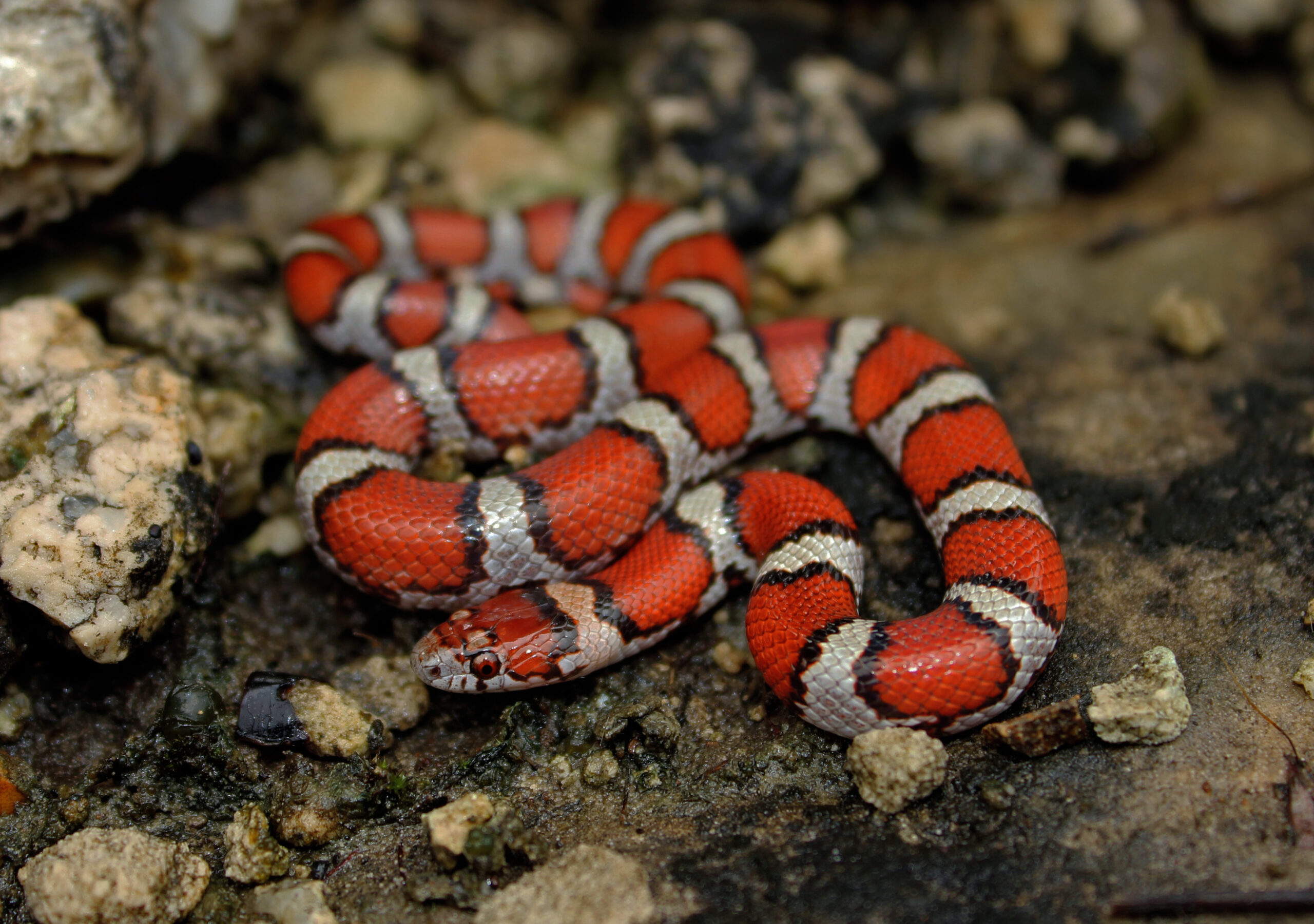





Leave a Reply